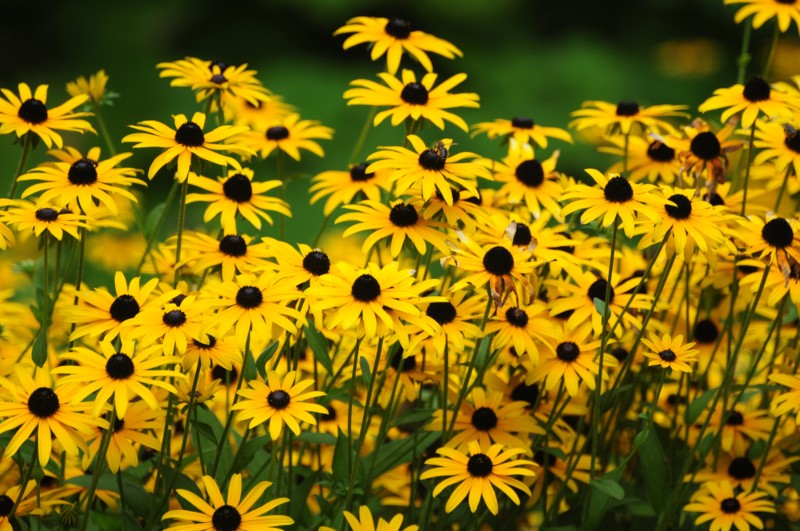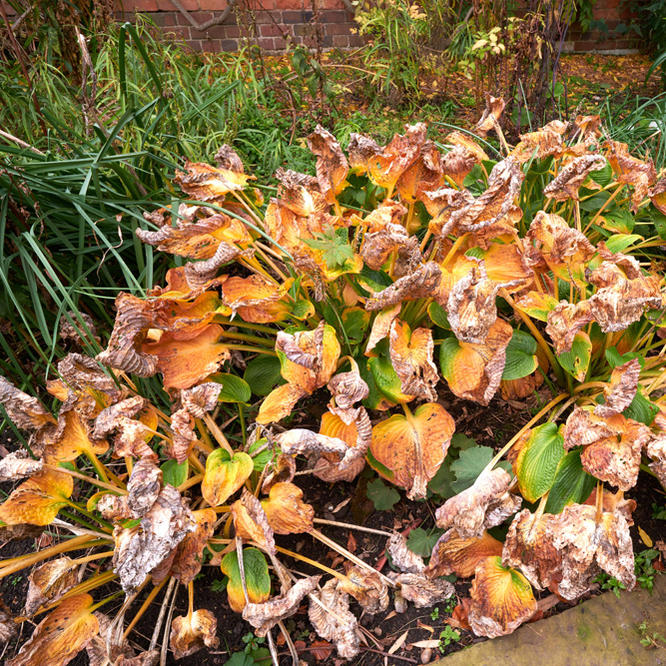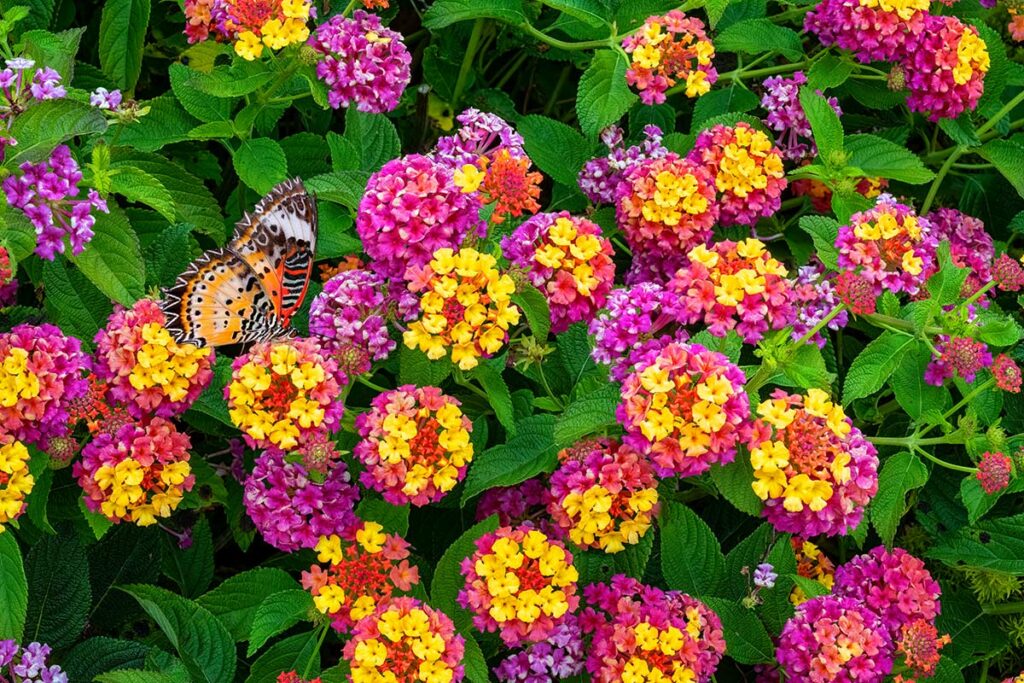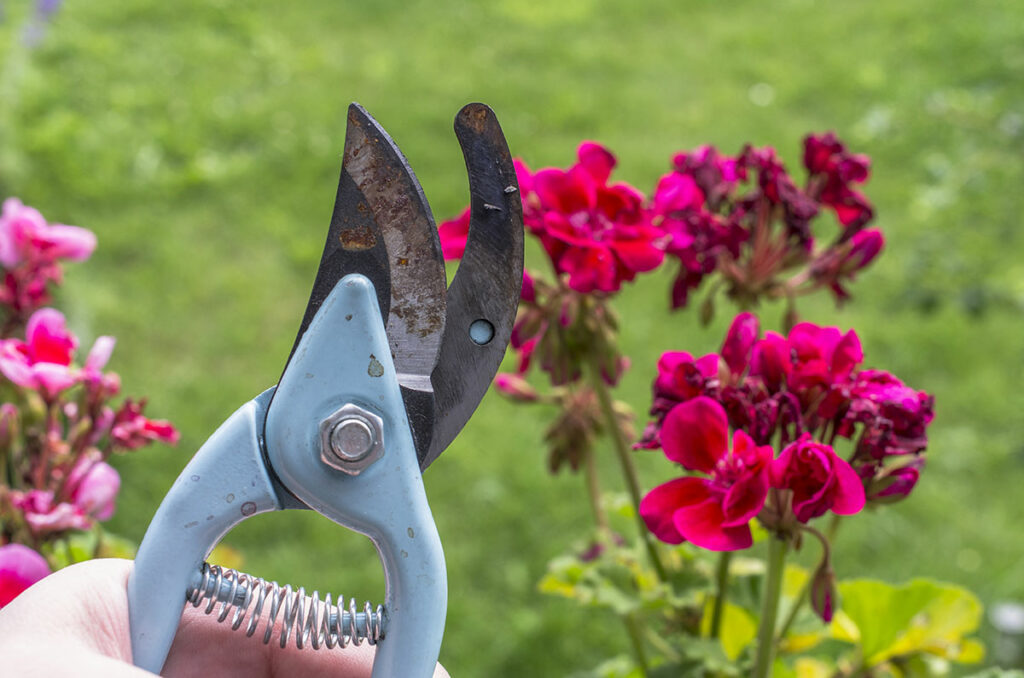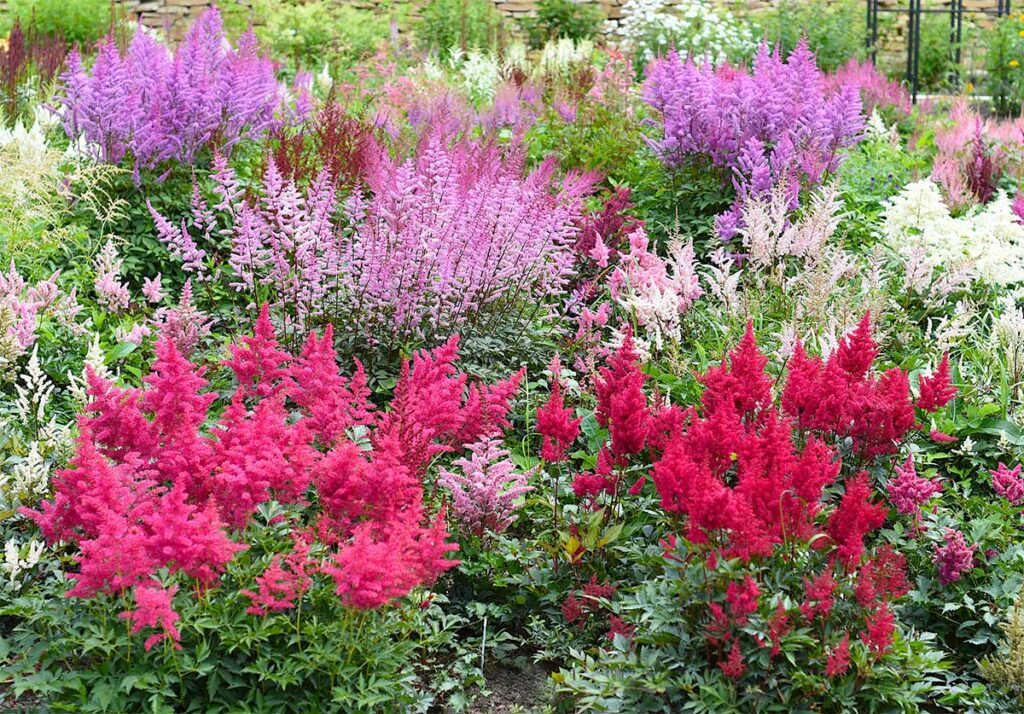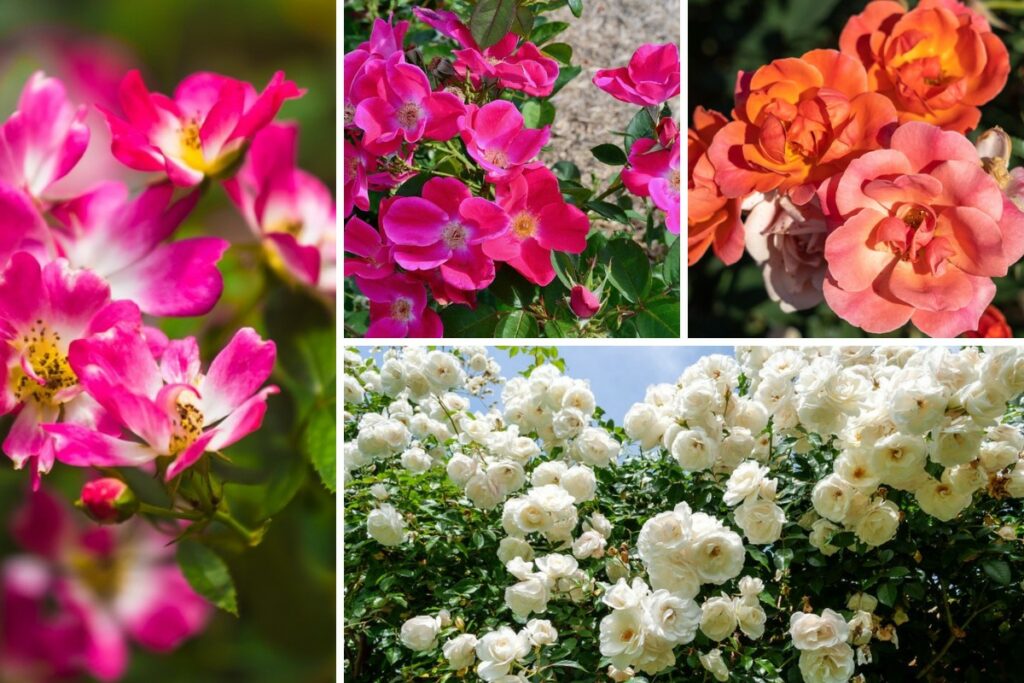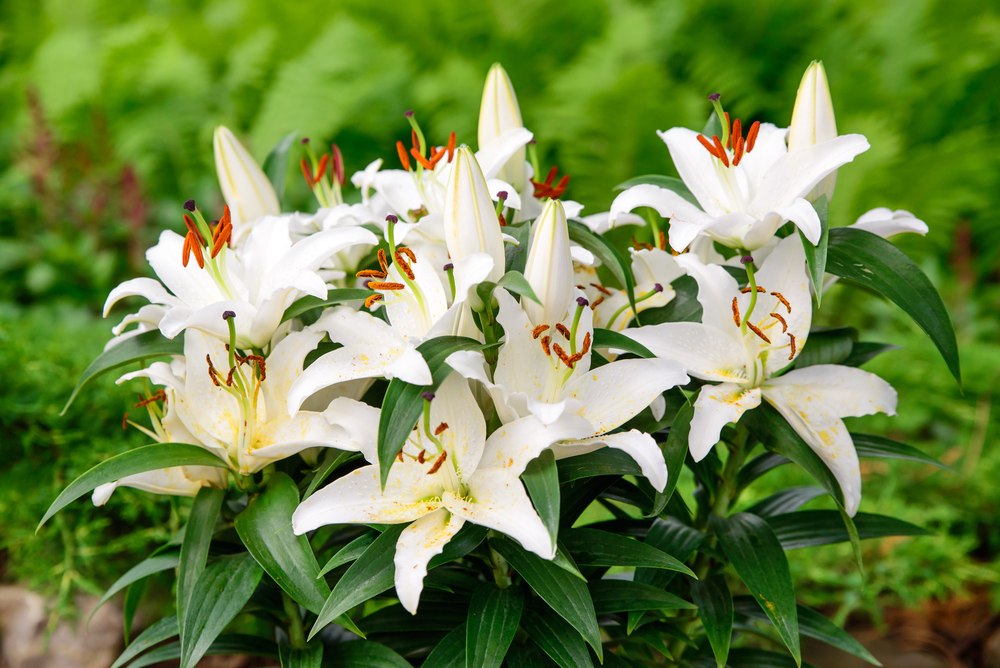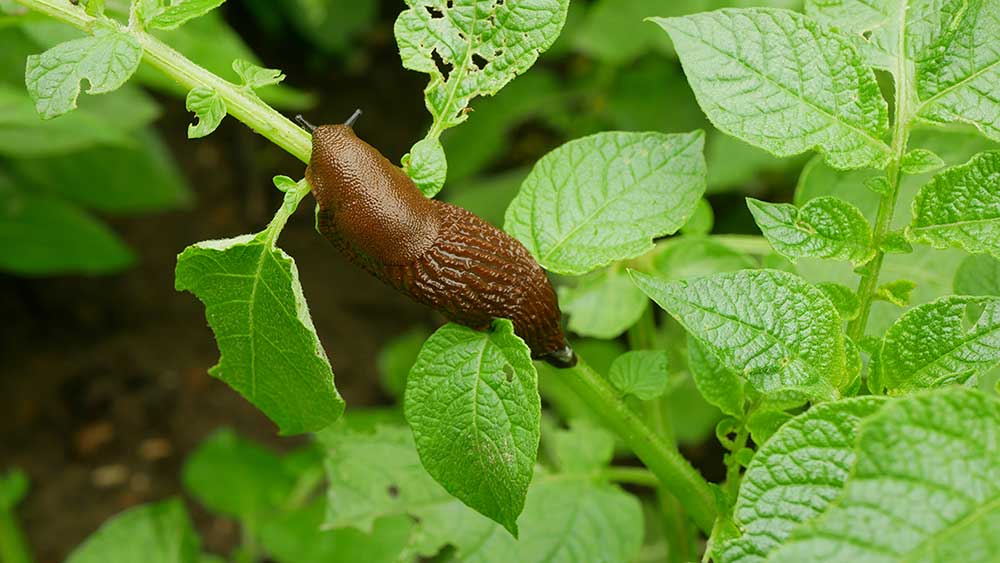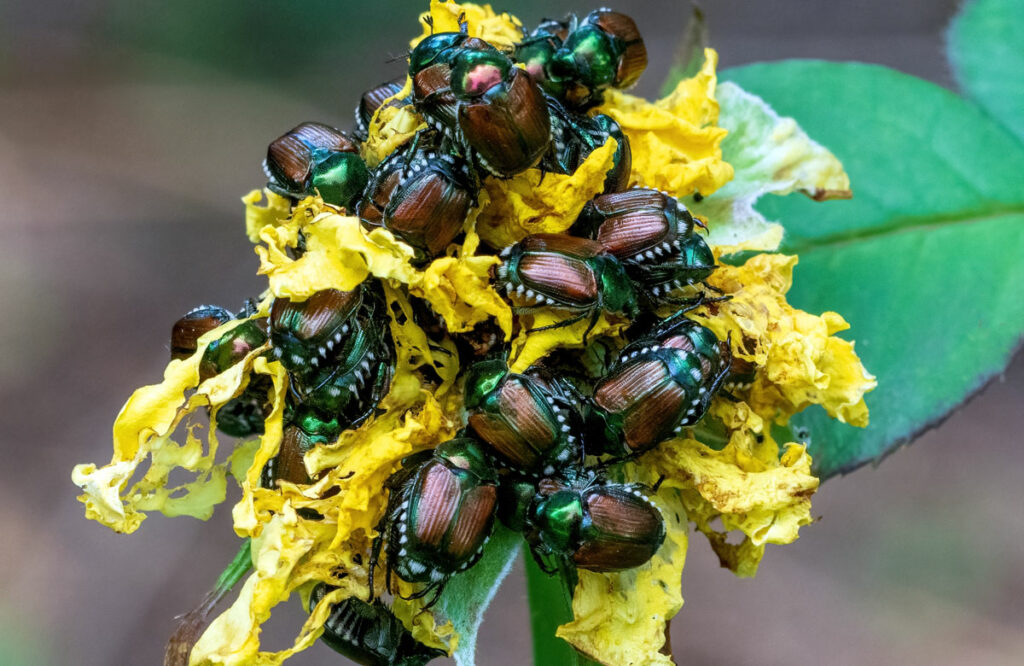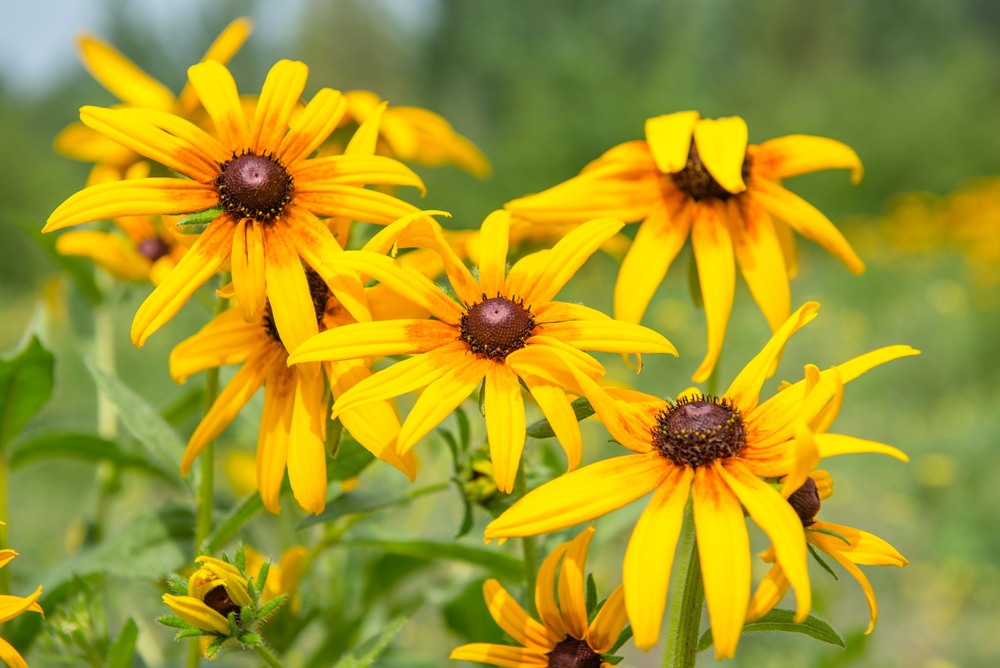
Black eyed Susans, known scientifically as Rudbeckia hirta, are a popular garden staple with their vibrant, golden-yellow petals surrounding a contrasting dark center.
These resilient and low-maintenance plants light up gardens throughout the summer months and into the fall, attracting butterflies and other pollinators.
However, once their blooming season ends, taking proper care of them will ensure their continuous presence and healthy growth in your garden for years to come.
Understanding the post-flowering needs of black eyed Susans is crucial in maintaining their appealing appearance and promoting plant vigor. The key is to balance their sun and water requirements, while also giving attention to proper pruning and fertilization. As the seasons change, different care techniques can be applied to sustain your black eyed Susans’ health and prepare them for future blooming cycles.
Revitalizing your black eyed Susans after they flower can be accomplished through a series of steps. From deadheading to dividing the plants, these steps will help rejuvenate these garden favorites and keep them thriving for seasons to come.
Key Takeaways
- Proper post-flowering care includes balancing sun, water, pruning, and fertilization needs.
- Seasonal care techniques are essential for maintaining healthy black eyed Susans.
- Steps like deadheading and dividing can revitalize plants and prepare them for future blooming cycles.
Understanding Post-Flowering Needs
Caring for your Black Eyed Susans after they flower involves focusing on two main aspects: nutrient management and pruning needs. By following the proper steps for these two elements, you’ll ensure the health and vibrancy of your flowers.
Nutrient Management
First, let’s talk nutrients. After flowering, your Black Eyed Susans will require a balanced and rich diet to maintain their color and health. You can achieve this by:
- Applying a slow-release, all-purpose fertilizer during the growing season.
- Adding organic matter, such as compost or well-rotted manure, to the top layer of soil.
- Ensuring that your soil has optimal drainage to prevent root rot and allow essential nutrients to reach the plant’s root system.
To gauge your plants’ nutrient needs, keep an eye on their growth. Yellowing leaves or overall lackluster appearance could indicate a lack of vital nutrients.
Pruning Needs
Pruning is another essential post-flowering care step for your Black Eyed Susans. Proper pruning encourages new growth and keeps the plants looking their best.
To prune your plants:
- Remove spent flowers: Deadhead wilted blooms by pinching them off just below the flower head. This will prevent the plant from producing seeds and encourage new blooms.
- Thin out crowded plants: If your Black Eyed Susans are growing too close together, resulting in overcrowded foliage, remove a few stems to allow for better air circulation.
- Cut back in late fall or early spring: Trim back the plants to about 2-4 inches above ground level. This will get rid of any dead or diseased leaves and promote robust growth in the next growing season.
By paying attention to nutrient management and pruning needs, you’ll keep your Black Eyed Susans thriving after they flower and ensure that they continue to bring joy and color to your garden.
Maintaining Black Eyed Susans Through Seasons
Autumn Care
As the summer blooms fade, prune your Black Eyed Susans by cutting back the stems to about 3-4 inches above the ground. This helps maintain their tidy appearance and encourages new growth in the spring.
In addition, rake and remove any fallen leaves or debris to prevent fungal diseases and pests from hibernating in your garden. It’s also a good idea to apply a layer of mulch, about 2 inches thick, around the base of the plants. This will not only help keep the soil moist but also insulate the Black Eyed Susans’ roots from colder temperatures.
Dividing your plants every few years in autumn can promote healthy growth and prevent overcrowding. Do this by lifting out the clumps, separating them into smaller sections, and then replanting those sections in different parts of your garden.
Winter Preparations
Before winter arrives, add extra insulation to protect your Black Eyed Susans from harsh weather. Here are a few ideas:
- Straw: Lay a thick layer of straw over the plants, making sure to cover the crown and stems.
- Burlap: Wrap the plants in burlap and secure with twine or garden clips.
Don’t forget to check on your plants during winter, especially after heavy snowfall or ice. Gently brush off any snow or ice to prevent the plants from being crushed or damaged.
In late winter, trim back the dead foliage to make way for new growth in the spring. Also, ensure the soil remains moist, but not waterlogged, as Black Eyed Susans prefer well-drained soil conditions.
By following these seasonal care tips, you can help your Black Eyed Susans thrive and continue to provide beautiful flowers for years to come.
Steps to Revitalise Your Plant
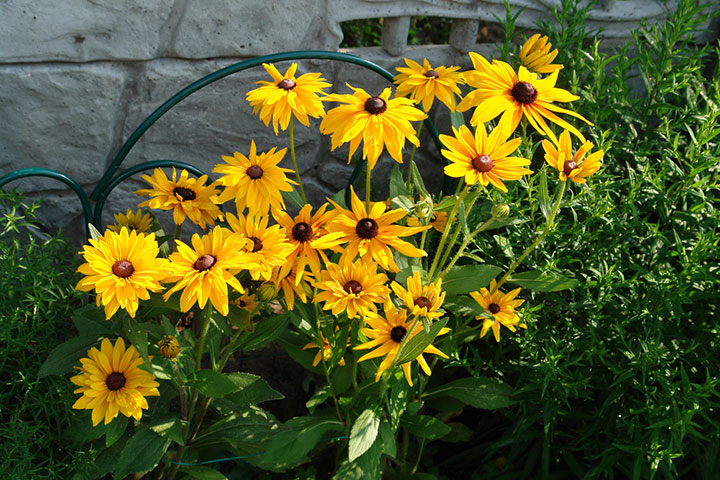
Now that your Black Eyed Susans have finished flowering, it’s the perfect time to give them some extra care and attention. By following these simple steps, you’ll help your plants stay healthy, vigorous, and ready for their next blooming season.
1. Deadheading: Begin by removing any spent flower heads from your Black Eyed Susans. This process, called deadheading, encourages the plant to focus its energy on producing more flowers and maintaining healthy foliage. To deadhead, simply snip off the old blossoms using a pair of clean, sharp scissors or garden shears.
2. Watering: Black Eyed Susans appreciate a moderate amount of water, so it’s important not to let the soil become too dry after they’ve flowered. Be sure to provide a deep, thorough watering every week or two, depending on the weather conditions and your soil type. Always water your plants at the base to avoid wetting the foliage, which can lead to fungal diseases.
3. Feeding: To encourage healthy growth and ensure your Black Eyed Susans get all the nutrients they need, consider giving them a light application of fertilizer after they have finished blooming. Choose a well-balanced, slow-release fertilizer and apply it according to the package instructions, generally once or twice a month.
4. Pruning: Prune your plants back by about one-third after they have finished flowering, to maintain a compact and attractive shape. This will also help to improve air circulation within the plant, reducing the risk of disease. Be sure to remove any dead or damaged foliage as well, to keep your plants looking their best.
5. Mulching: Lastly, it’s a good idea to add a fresh layer of mulch around the base of your Black Eyed Susans after they have flowered. This helps to conserve soil moisture, suppress weeds, and keep the plant’s roots cool in hot weather. Choose an organic mulch, such as well-rotted compost or shredded bark, and spread it evenly around the base of your plants, being careful not to cover the stems.
By following these steps, you’ll be well on your way to revitalizing your Black Eyed Susans and ensuring they’re ready to put on a stunning display of blooms in the coming season.

